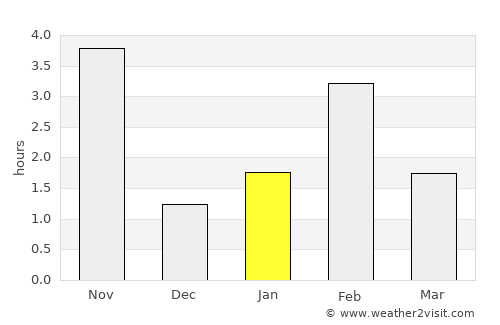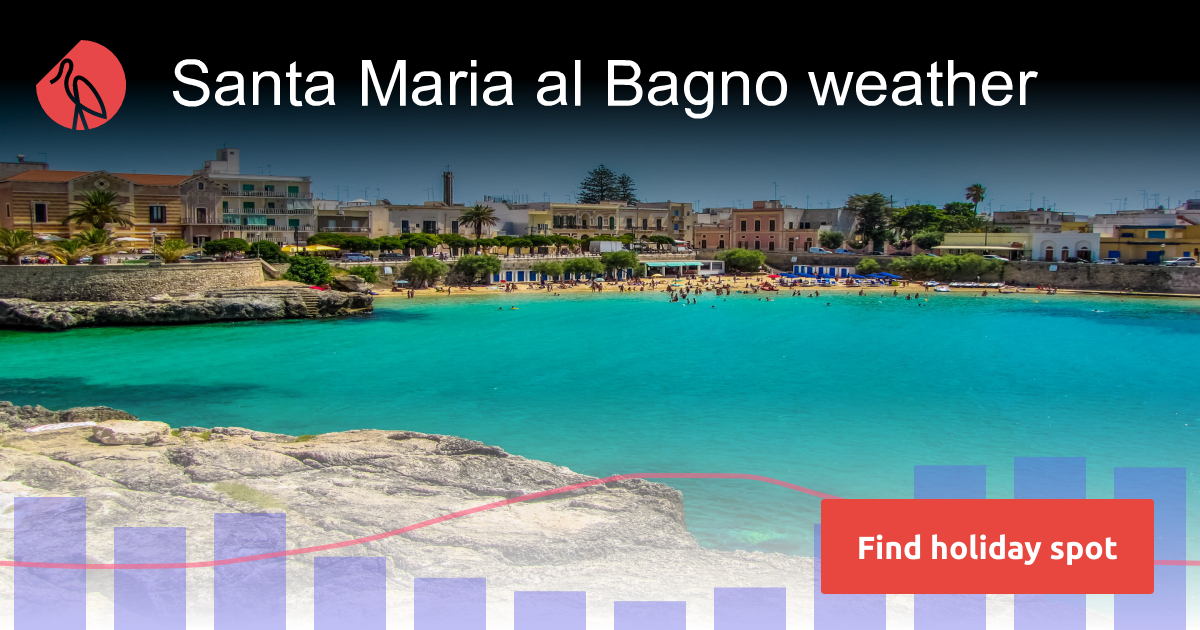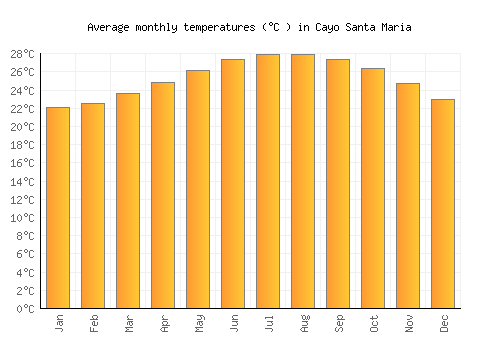
Source: NOAA (relative humidity 1961–1990) ĭemographics Historical population Census The record high temperature of 110 ☏ (43.3 ☌) was observed on June 20, 2008, while the record low of 20 ☏ (−6.7 ☌) was observed twice: on Januand December 7, 1978.Ĭlimate data for Santa Maria Public Airport, California (1991–2020, extremes 1948–present) Rainfall averages 14 inches (360 mm) annually.

The only recorded earlier snowfall was in January 1882. Snow in the mountains is seen during the winter however, in the lowest parts of the city it is virtually unknown with the last brief flurry recorded in January 1949. The climate is mostly sunny, refreshed by the ocean breeze. Santa Maria experiences a cool Mediterranean climate ( Köppen climate classification Csb) typical of coastal areas of California north of Point Conception.

The city of Guadalupe, California is approximately 9 miles (14 km) to the west of Santa Maria. The valley is bordered on the west by the Pacific Ocean and to the east by the San Rafael Mountains and the Los Padres National Forest. Santa Maria is situated north of the unincorporated community of Orcutt, California, and south of the Santa Maria River (which serves as the line between Santa Barbara County and San Luis Obispo County). By 1957 there were 1,775 oil wells in operation in the Santa Maria Valley, producing more than $640 million worth of oil.Īccording to the United States Census Bureau, the city has a total area of 22.4 square miles (58 km 2), of which, 22.8 square miles (59 km 2) of it is land and 0.6 square miles (1.6 km 2) of it (2.73%) is water. Oil development intensified in the 1930s, with the discovery of the Santa Maria Valley Oil Field in 1934, right underneath the southern and western parts of the city of Santa Maria, which spurred the city's growth even further. Over the next 80 years more large oil fields were found, and thousands of oil wells drilled and put into production. Other significant discoveries followed, including the Lompoc Oil Field in 1903 and the Cat Canyon field in 1908. Two years later, Union Oil had 22 wells in production. In 1902, Union Oil discovered the large Orcutt Oil Field in the Solomon Hills south of town, and a number of smaller companies also began pumping oil. Oil exploration began in 1888, leading to large-scale discoveries at the turn of the 20th century. Streets named after the four settlers now form a 6-block square centered at Broadway and Main Street, the center of town. Santa Maria was chosen from the name Juan Pacifico Ontiveros had given to his property 25 years earlier. It became Santa Maria on February 18, 1885, since mail was often being sent by mistake to Central City, Colorado. The new town was named Grangerville, then changed to Central City. The townsite was recorded in Santa Barbara in 1875. High School is named), and Isaac Miller (for whom Miller Elementary School is named), built their homes near each other at the present corners on Broadway and Main Street. īetween 18, four of the valley's settlers, Rudolph Cook, John Thornburg, Isaac Fesler (for whom Fesler Jr. Agriculture remains a key component of the economy for the city and the entire region.

By the end of the century, the Santa Maria River Valley had become one of the most productive agricultural areas in the state. In the late 19th century, the area's rich soil attracted farmers and other settlers. At the end of the Mexican War in 1848, California was ceded to the United States, and was granted statehood with the Compromise of 1850. In 1821, after the Mexican War of Independence, the mission lands in Santa Maria Valley were made available for private ownership under a Mexican land grant called Rancho Punta de Laguna.
#Santa maria weather free
Rather than rich soil, white settlers were attracted here by the possibility of free land. Mission San Luis Obispo de Tolosa was established just north of the valley in 1772, and Mission La Purísima Concepción was established near present-day Lompoc in 1787. In 1769, the Portolá Expedition passed through the Santa Maria Valley during the first Spanish land exploration up the coast of Las Californias Province. They had unique plank-built boats, called Tomol, which they used for ocean fishing. The Native Americans made their homes on the slopes of the surrounding hills among the oaks, on the banks of the Santa Maria River among the sycamores, and along the coast. * Updated п'ятниця 3 Березень 2023 p.The Santa Maria Valley, stretching from the Santa Lucia Mountains toward the Pacific Ocean, was the homeland of the Chumash people for several thousand years.


 0 kommentar(er)
0 kommentar(er)
